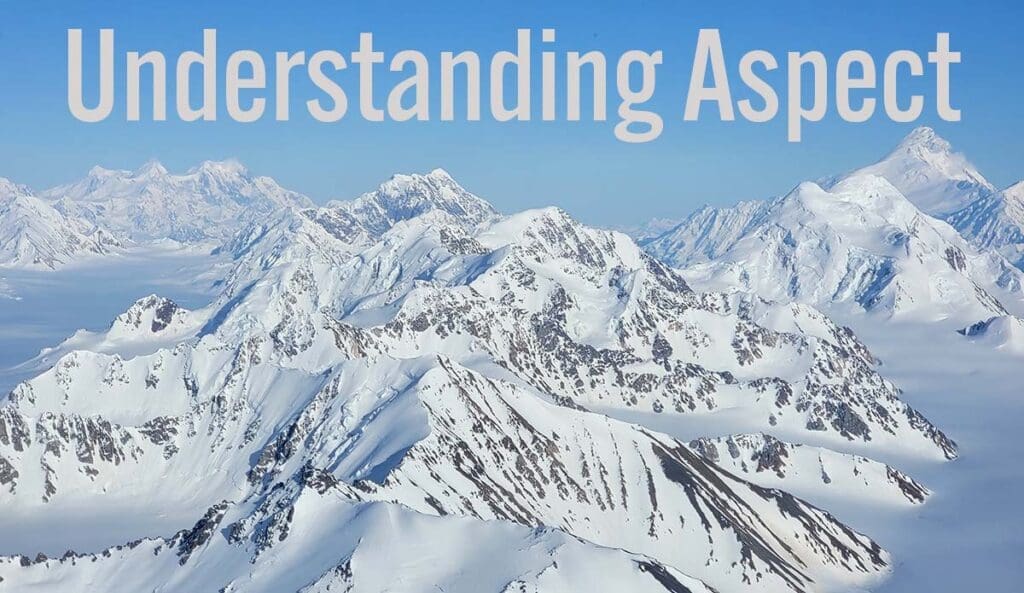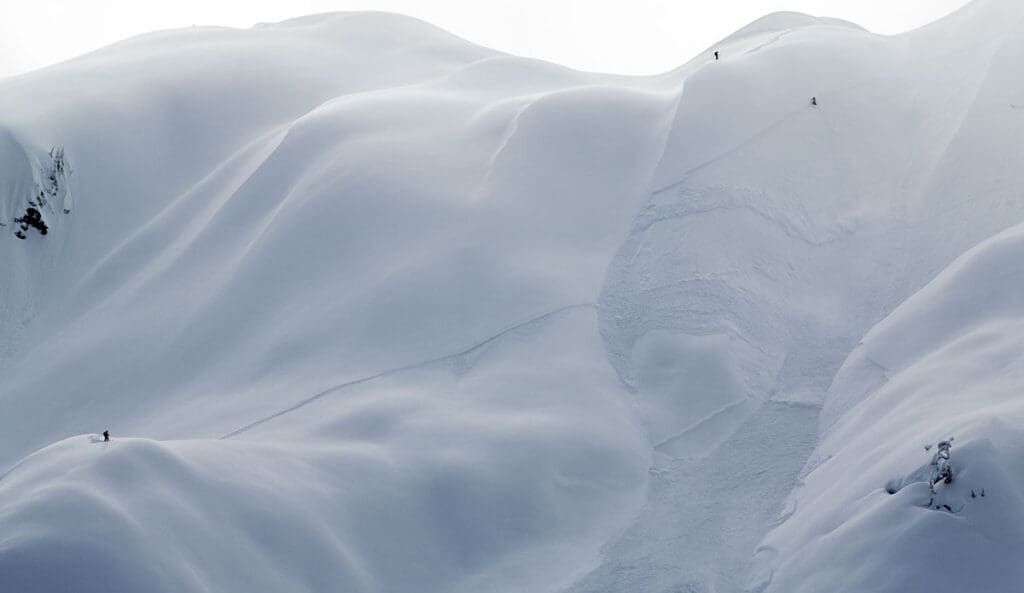There’s a famous quote by Max Planck that says:
“If you change the way you look at things, the things you look at change”.
It’s one of those meditative little lines that becomes more deep and insightful the more you ponder on it. There are many good analogies that can come from this, but the way I like to think about it by making the you in the quote a mountain, or any mountain, for that matter.
Or maybe it’s simply the way you look at the world from various aspects of the mountain. Aspect in mountain terminology is related to the direction a particular mountain face is pointed towards. It can be as simple as one of the four cardinal directions, or as precise as a degree heading for those needing more specificity.
Why Aspect Matters
Aspect is important when understanding mountain conditions for several reasons. Anyone who has sought out a north facing aspect (in the Northern Hemisphere, at least) knows that this is generally where you find the best snow. This is due to it being the most shaded aspect and will have the least amount of sun effect, preserving the snow quality much longer for the champagne powder we all crave.
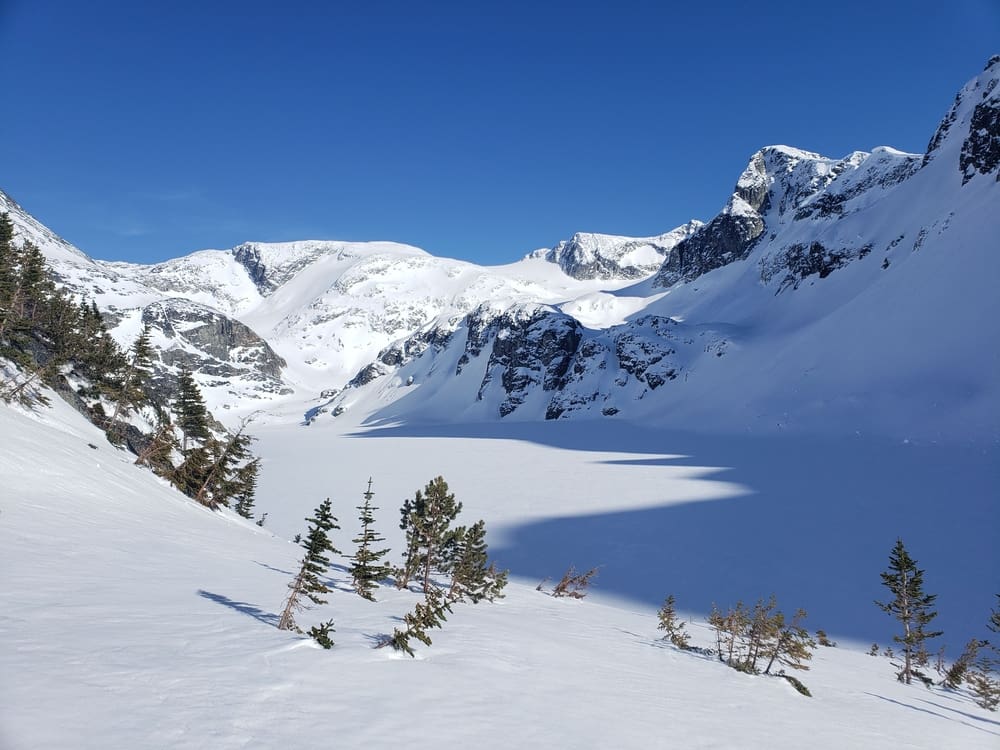
But sun exposure is only one factor when it comes to why the aspect matters. Another big reason why you have to factor in aspect is when considering wind direction and especially Wind Loading for a possible avalanche trigger. If the prevailing wind comes from the Southwest (as is the case in the South Coast of BC), then Northeast aspects will be the most susceptible to wind loading, thus causing increased avalanche risk if ridden on. This can be especially problematic if the wind comes from another direction than usual, resulting in reverse wind loading, which can be catastrophic if you’re not prepared for it, as was the case in Whistler when local shredder Dave Henkel passed in an avalanche.
Microclimates and Terrain Selection
Certain aspects can create little microclimates that may include better riding conditions, especially at certain parts of the day. Since the sun moves from east to west during the day, it may make sense to ride certain lines in the morning before the sun has caused a higher danger. So being mindful of aspect when planning when and where to go should be a part of every decision in route planning for the day or trip.
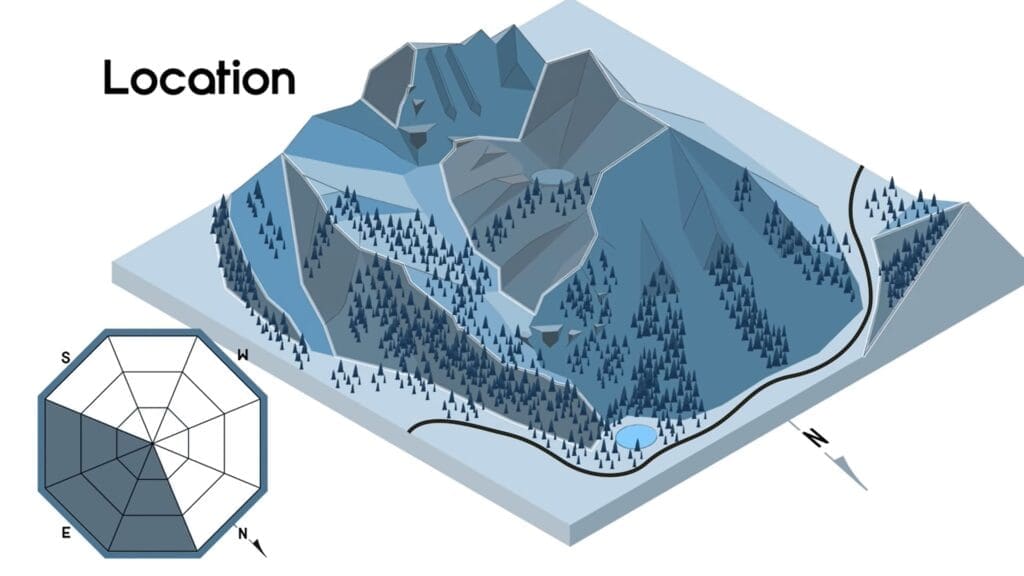
How to Assess Aspect in the Field
Knowing aspect is great, but how can you figure it out when you’re out in the elements and need to know the necessary info? There are a few tricks we’ve learned over the years that can help you out.
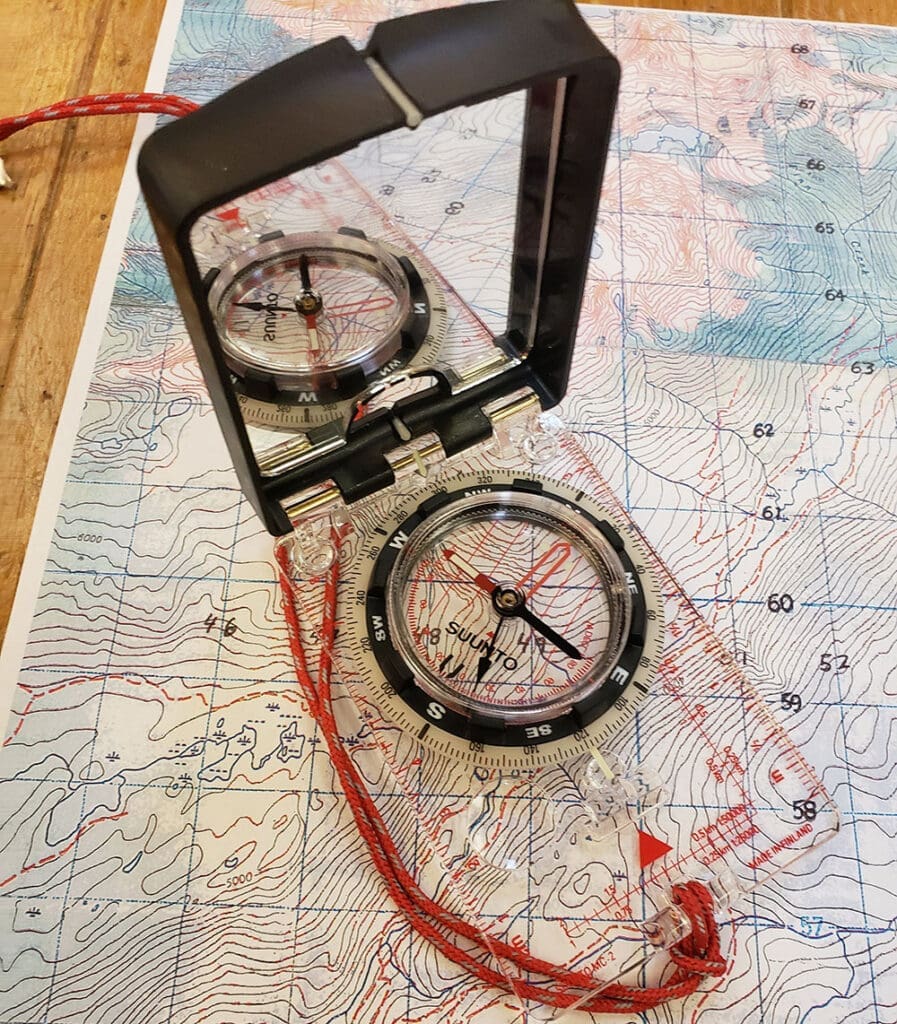
Use a Compass
If you are familiar with the Alpine Islands philosophy, you’re well aware that we shun GPS for a few reasons, but mostly because it requires a battery that will inevitably run empty. A compass will help you get your bearings any time of day, anywhere, so long as you know how to use it.
There are a multitude of reasons why having a compass in the backcountry is good, but determining aspect is one of them. Simply look in the same direction that the slope is facing, and you’ll know the slope’s aspect. Looking straight at a slope, and you can turn the compass 180 degrees to get the reading. It’s pretty foolproof, as long as it’s properly calibrated, and even if not, you’re mostly just looking for a general indication.
Knowing the Sun’s Position
This is good when it’s a sunny bluebird day, or daylight at all for that matter, but not so much at other moments. But if you know that (generally speaking) the sun rises in the east and sets in the west, you can figure out a slope aspect by relating it to the sun’s position. If it’s directly overhead, you can still figure out which way is north by looking for the shadows.
The further north you are, the more pronounced the shadows will be. Of course, the sun is directly overhead in the tropics, but chances are you won’t be on snow then. If you are, then you’re probably on the north face if there’s snow that far south (or vice versa in the Southern Hemisphere.)
Clues on the Mountain
Knowing what we know about southern exposure being closer to the sun, you can often determine an aspect by just looking at which slope holds more snow. Late in the year and at lower elevations/latitudes this can be really pronounced. The slopes with less snow have more southern exposure. Once you get an eye for it, it’s actually pretty simple to notice.
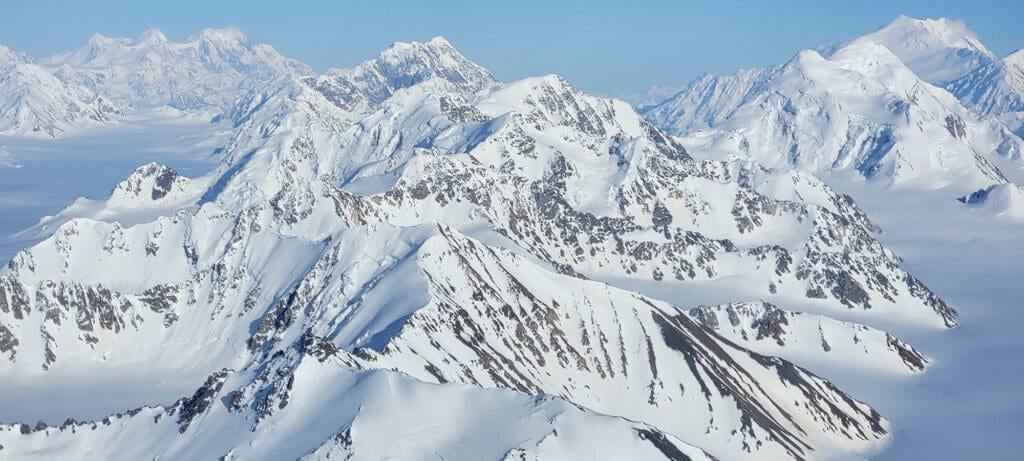
Cornices are also a big clue to the aspect, if you know the prevailing wind direction. Once you start to become familiar with the zone you will know which aspect is which by knowing the cornices on the ridgetops. You will also know which slopes underneath to avoid, especially in later months when cornices can cause trouble.
Understanding Aspect in Trip Planning
Knowing which aspects are more troublesome for avalanches goes a big way into planning out your route and which slopes to climb or descend at different points of the day. Knowing how to use a topographical map is huge here because you begin to see the slope aspect almost immediately with a trained eye.
It can also help you understand when in the day certain slopes will be optimal for either climbing or riding, and when it’s best to avoid. All this eventually becomes second nature but for those starting out, it is one of the best skills to begin to hone in on.
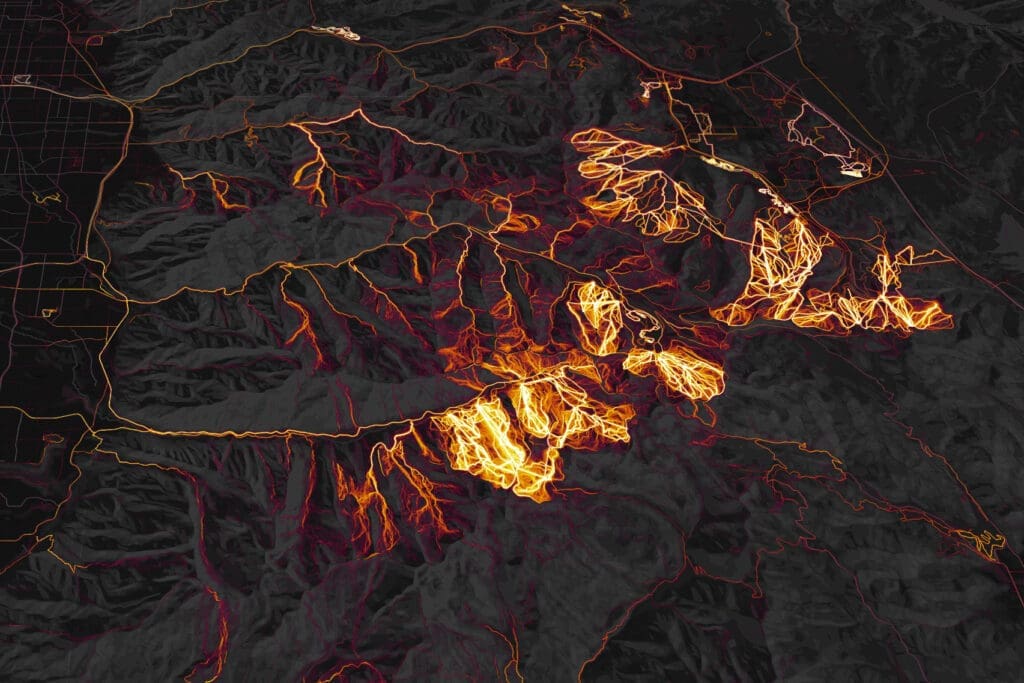
To Sum It Up…
Aspect is a fundamental aspect of backcountry navigation. Once it’s a part of your understanding, decisions become wiser, the snow quality is more consistently better, and your days are less agony filled than when ignorant of it. For some people it can take years but with a bit of practice and understanding, incorporating aspect into your awareness won’t take longer than a few seasons.
We’re all about honing in that other sense… the one you can’t learn in a textbook and can only be felt in the field. So if you want to know more and connect with others who have a same mindset, sign up for our updates and be a part of this project unfolding in real time. It’s been fun so far and the more people making the club succeed, the more valuable it will be for everyone.
See you out there!
Stay Involved – Get On The List
Get all the latest info and be the first to get access to our new offerings, which will consistently be rolling out as we develop the program.
